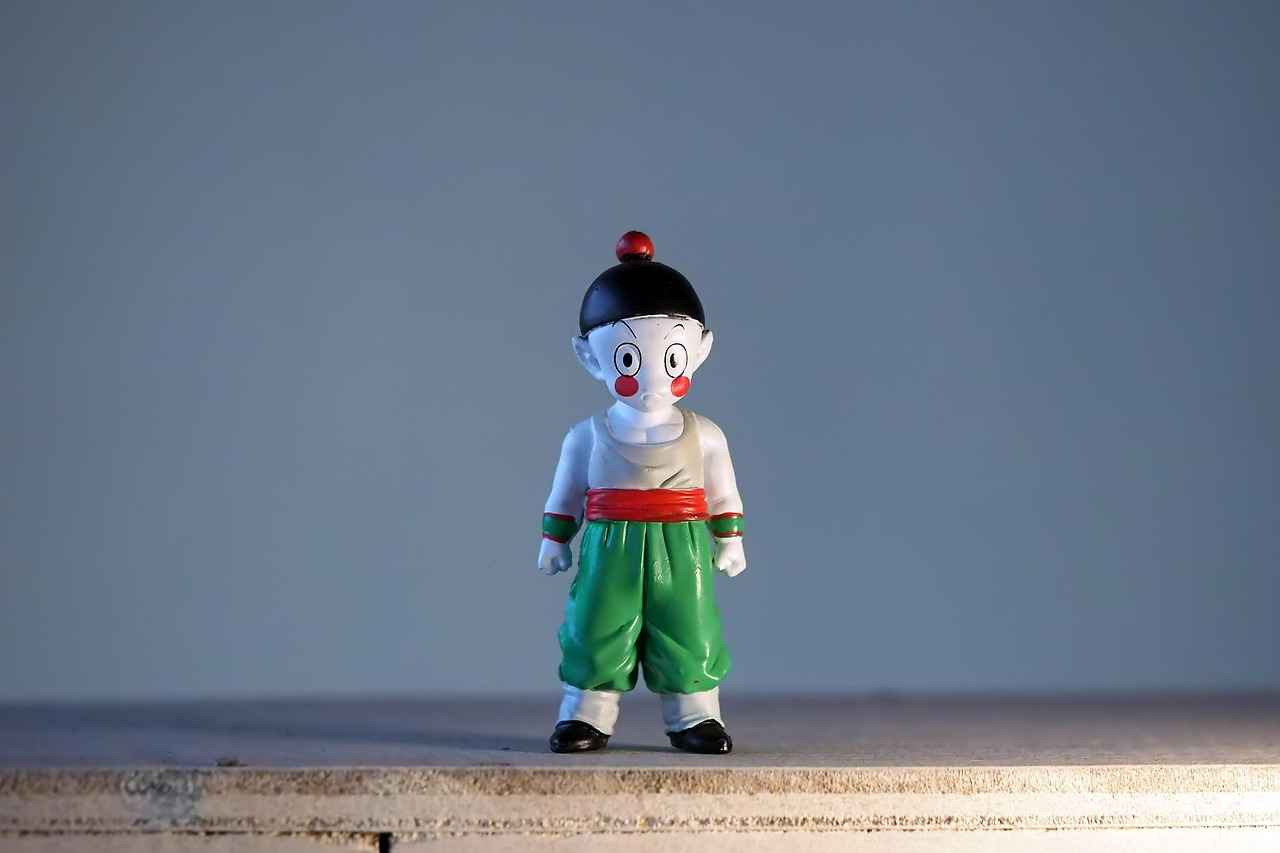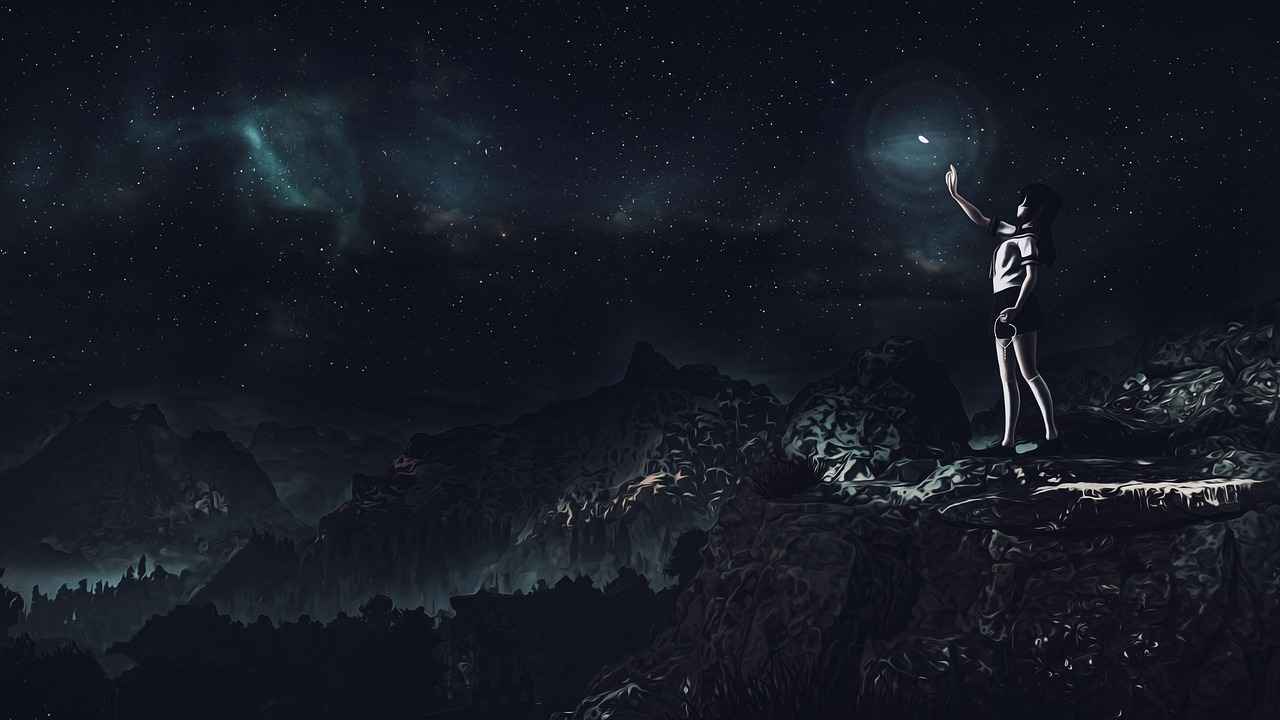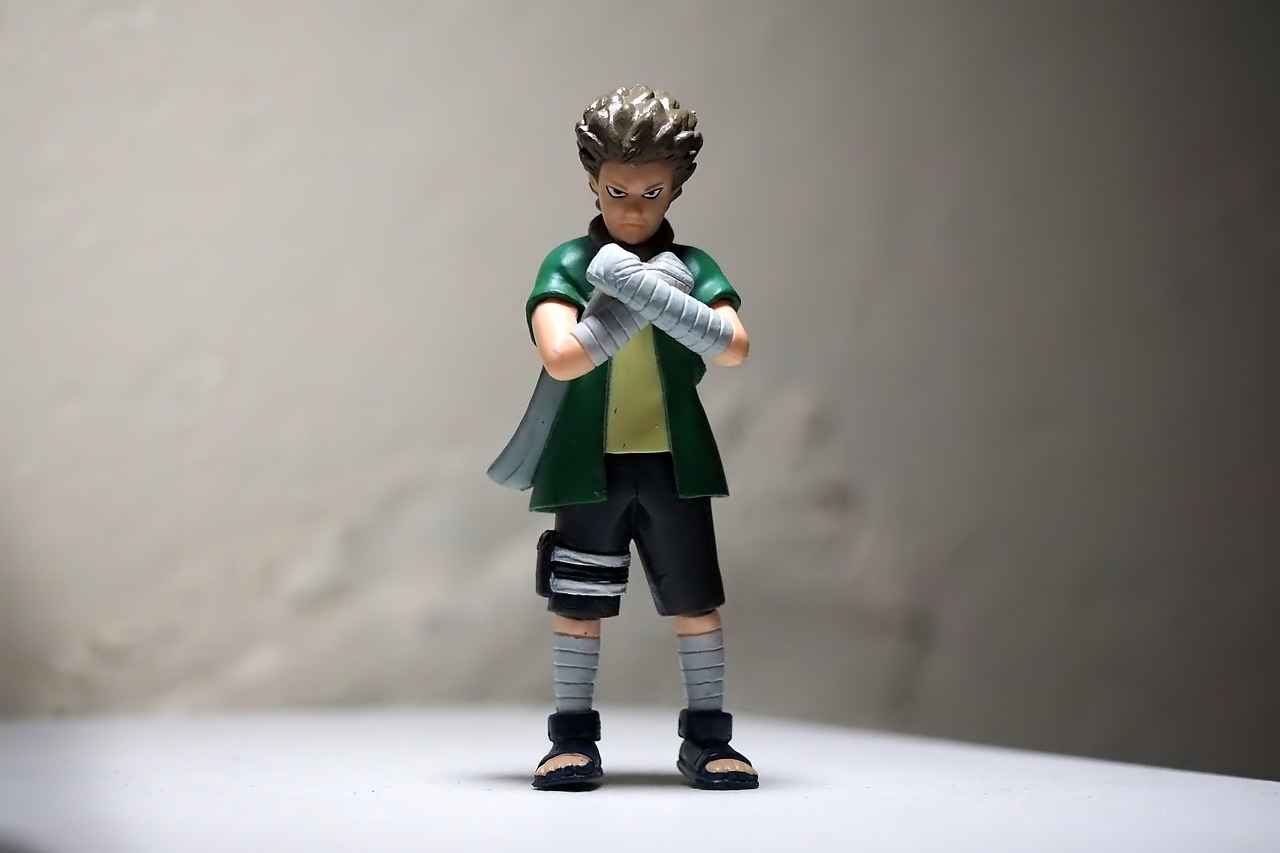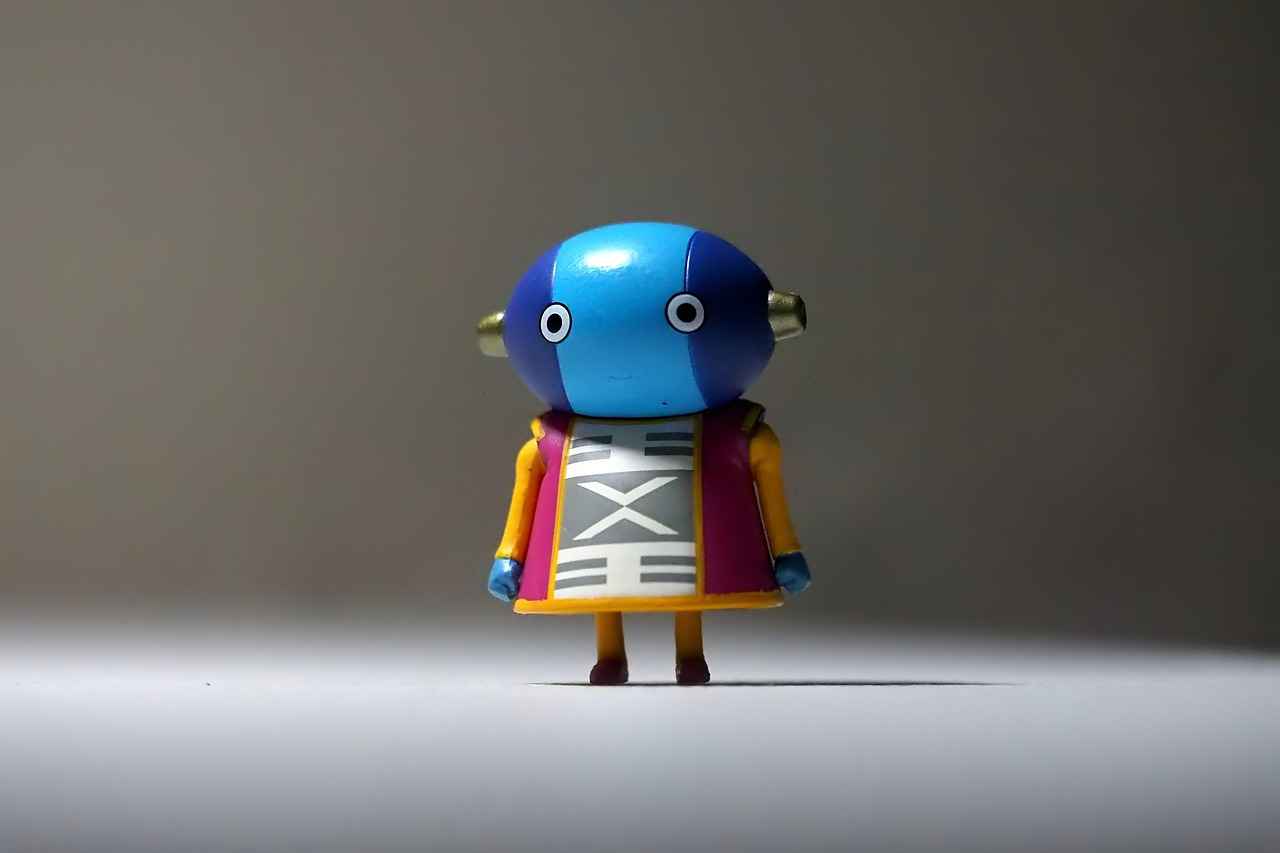This article delves into the most significant controversies in anime history, examining the events, reactions, and implications that shaped the anime community and its perception worldwide.
- 1. The Death of Satoshi Kon
The untimely passing of acclaimed director Satoshi Kon ignited conversations about mental health within the anime industry. His struggle highlighted the immense pressures faced by creators, sparking a demand for enhanced support systems to protect the well-being of artists.
- 2. The Attack on Titan Controversy
The portrayal of sensitive themes in Attack on Titan has led to intense debates regarding nationalism and violence. Fans have been prompted to analyze the deeper messages within the series and their implications for society, questioning the impact of such narratives.
- 3. The Fate/Grand Order Gacha System Debate
The monetization strategies of mobile games, particularly the gacha mechanics in Fate/Grand Order, have raised ethical questions about gambling and consumer protection. This issue has ignited discussions among players and regulators, emphasizing the need for responsible gaming practices.
- 4. The Misrepresentation of LGBTQ+ Characters
Anime’s treatment of LGBTQ+ characters frequently faces criticism for perpetuating stereotypes and misrepresentation. This has led to calls for more authentic and diverse portrayals in the medium, advocating for narratives that reflect real-world experiences.
- 5. Censorship in Anime: A Double-Edged Sword
Censorship in anime remains a contentious topic, with ongoing debates about artistic freedom versus societal norms. This section explores how censorship shapes narratives and viewer experiences, highlighting the complexities involved in content regulation.
- 6. The Rise of Toxic Fandoms
The emergence of toxic fandoms within the anime community has raised significant concerns about harassment and gatekeeping. This discussion examines the impact of fan behavior on creators and fellow fans alike, urging for a more inclusive and respectful community.
Conclusion: The controversies surrounding anime not only reflect the complexities of the medium itself but also the broader societal issues at play. Understanding these controversies is essential for fostering a more inclusive and supportive anime community.

1. The Death of Satoshi Kon
The untimely passing of acclaimed director Satoshi Kon in 2010 left a profound impact on the anime industry, igniting critical discussions surrounding mental health and the immense pressures faced by creators. Known for his groundbreaking works such as Perfect Blue and Paprika, Kon’s unique storytelling and artistic vision resonated with audiences worldwide. However, his death raised alarming questions about the toll that the demanding nature of the anime industry can take on its talent.
In the years following his passing, many industry professionals have come forward to share their experiences, shedding light on the prevailing culture of overwork and the stigma surrounding mental health issues. The anime industry is notorious for its long hours and tight deadlines, which can lead to severe burnout and mental health crises among creators. This situation highlights the urgent need for better support systems to protect the well-being of individuals in this high-pressure environment.
Furthermore, the discussions surrounding Kon’s death have led to a broader movement advocating for mental health awareness within creative industries. Initiatives aimed at providing resources and support for mental health are becoming increasingly vital, as they can help foster a healthier work environment. By addressing these issues, the industry can not only honor Kon’s legacy but also pave the way for a more sustainable future for creators.
As fans and industry stakeholders continue to reflect on Satoshi Kon’s contributions, it is crucial to advocate for change and support those who bring these beloved stories to life. Only through open dialogues and systemic reforms can the anime industry truly honor the memory of its visionary creators.

2. The Attack on Titan Controversy
The portrayal of sensitive themes in Attack on Titan has sparked significant discussions within the anime community and beyond. This series, known for its intense narrative and complex characters, delves into themes such as war, freedom, and the moral dilemmas associated with survival. As viewers engage with these themes, it becomes imperative to analyze how they reflect real-world issues.
One of the most prominent themes in Attack on Titan is the concept of nationalism. The story presents a world where humanity is on the brink of extinction, leading to a fierce sense of loyalty among the characters towards their nation. This portrayal has led to debates regarding the implications of nationalism in contemporary society. Critics argue that the series can be interpreted as glorifying extreme nationalism, while supporters believe it serves as a cautionary tale about the dangers of such ideologies.
Furthermore, the series does not shy away from depicting violence and its consequences. The brutal battles against the Titans raise questions about the morality of violence in the pursuit of freedom. Viewers are often left to ponder whether the ends justify the means, a question that resonates deeply in today’s world where conflicts are prevalent.
Additionally, the character arcs in Attack on Titan showcase the psychological toll of war. Characters like Eren Yeager evolve dramatically as they confront the harsh realities of their world. This transformation invites discussions on mental health and the impact of trauma, highlighting the importance of addressing these issues within the anime industry.
In conclusion, the sensitive themes portrayed in Attack on Titan serve not only as a narrative device but also as a mirror reflecting societal issues. The ongoing dialogue surrounding these themes underscores the series’ impact and its role in fostering critical discussions among fans and scholars alike.
Attack on Titan
The Biggest Anime Controversies of All Time
This article explores the most significant controversies in anime history, examining the events, reactions, and implications that shaped the anime community and its perception worldwide.
- 1. The Death of Satoshi Kon – The untimely passing of acclaimed director Satoshi Kon sparked debates about mental health in the anime industry and the pressures faced by creators, highlighting the need for better support systems.
- 2. The Attack on Titan Controversy – The portrayal of sensitive themes in Attack on Titan has led to heated discussions about nationalism and violence, prompting fans to analyze the deeper messages within the series and their societal impacts.
- 3. The Fate/Grand Order Gacha System Debate – The monetization strategies of mobile games, particularly the gacha mechanics in Fate/Grand Order, have raised ethical questions about gambling and consumer protection, igniting discussions among players and regulators alike.
- 4. The Misrepresentation of LGBTQ+ Characters – Anime’s treatment of LGBTQ+ characters often faces criticism for stereotypes and misrepresentation, leading to calls for more authentic and diverse portrayals in the medium to reflect real-world experiences.
- 5. Censorship in Anime: A Double-Edged Sword – Censorship in anime has been a contentious topic, with debates surrounding artistic freedom versus societal norms. This section explores how censorship shapes narratives and viewer experiences.
- 6. The Rise of Toxic Fandoms – The emergence of toxic fandoms within the anime community has raised concerns about harassment and gatekeeping. This discussion examines the impact of fan behavior on creators and fellow fans alike.
Conclusion: The anime community is a vibrant and evolving landscape, but it is not without its controversies. From the tragic loss of influential creators to the challenges of representation and fan behavior, these issues continue to shape the medium. Understanding these controversies is essential for fostering a more inclusive and supportive anime culture.
has led to heated discussions about nationalism and violence, prompting fans to analyze the deeper messages within the series and their societal impacts.
The Biggest Anime Controversies of All Time
This article explores the most significant controversies in anime history, examining the events, reactions, and implications that shaped the anime community and its perception worldwide.
- 1. The Death of Satoshi Kon: The untimely passing of acclaimed director Satoshi Kon sparked debates about mental health in the anime industry and the pressures faced by creators, highlighting the need for better support systems.
- 2. The Attack on Titan Controversy: The portrayal of sensitive themes in Attack on Titan has led to heated discussions about nationalism and violence, prompting fans to analyze the deeper messages within the series and their societal impacts.
- 3. The Fate/Grand Order Gacha System Debate: The monetization strategies of mobile games, particularly the gacha mechanics in Fate/Grand Order, have raised ethical questions about gambling and consumer protection, igniting discussions among players and regulators alike.
- 4. The Misrepresentation of LGBTQ+ Characters: Anime’s treatment of LGBTQ+ characters often faces criticism for stereotypes and misrepresentation, leading to calls for more authentic and diverse portrayals in the medium to reflect real-world experiences.
- 5. Censorship in Anime: A Double-Edged Sword: Censorship in anime has been a contentious topic, with debates surrounding artistic freedom versus societal norms. This section explores how censorship shapes narratives and viewer experiences.
- 6. The Rise of Toxic Fandoms: The emergence of toxic fandoms within the anime community has raised concerns about harassment and gatekeeping. This discussion examines the impact of fan behavior on creators and fellow fans alike.
Conclusion: The controversies surrounding anime reflect deeper societal issues and the evolving nature of the medium. By understanding these events, fans can engage more thoughtfully with the content and contribute positively to the community.
3. The Fate/Grand Order Gacha System Debate
The Fate/Grand Order Gacha System Debate
The monetization strategies of mobile games, particularly the gacha mechanics in Fate/Grand Order, have become a focal point for discussions about ethics in gaming. Gacha systems, which allow players to spend real money for a chance to obtain in-game characters or items, often draw comparisons to gambling, raising concerns about consumer protection and the psychological impact on players.
Many players are enticed by the thrill of chance, often spending significant amounts of money in pursuit of rare characters. This has led to a growing number of debates regarding the ethical implications of such monetization practices. Critics argue that these systems exploit vulnerable individuals, particularly younger audiences who may not fully understand the risks associated with spending money on virtual items.
| Pros of Gacha Mechanics | Cons of Gacha Mechanics |
|---|---|
| Engaging gameplay experience | Potential for excessive spending |
| Encourages community interaction | Risk of addiction |
| Regular updates and new content | Ethical concerns about gambling |
Furthermore, the lack of regulation in many regions allows companies to implement these systems with little oversight. As a result, discussions have emerged regarding the need for regulatory frameworks to protect consumers, especially minors, from the potential harms of gacha mechanics.
In conclusion, while gacha systems can enhance the gaming experience by providing excitement and community engagement, they also raise significant concerns about ethical practices in the gaming industry. It is essential for players to approach these mechanics with caution and for regulators to consider implementing protective measures to ensure fair play.
Fate/Grand Order,
The Biggest Anime Controversies of All Time
This article explores the most significant controversies in anime history, examining the events, reactions, and implications that shaped the anime community and its perception worldwide.
- 1. The Death of Satoshi Kon: The untimely passing of acclaimed director Satoshi Kon sparked debates about mental health in the anime industry and the pressures faced by creators, highlighting the need for better support systems.
- 2. The Attack on Titan Controversy: The portrayal of sensitive themes in Attack on Titan has led to heated discussions about nationalism and violence, prompting fans to analyze the deeper messages within the series and their societal impacts.
- 3. The Fate/Grand Order Gacha System Debate: The monetization strategies of mobile games, particularly the gacha mechanics in Fate/Grand Order, have raised ethical questions about gambling and consumer protection, igniting discussions among players and regulators alike.
- 4. The Misrepresentation of LGBTQ+ Characters: Anime’s treatment of LGBTQ+ characters often faces criticism for stereotypes and misrepresentation, leading to calls for more authentic and diverse portrayals in the medium to reflect real-world experiences.
- 5. Censorship in Anime: A Double-Edged Sword: Censorship in anime has been a contentious topic, with debates surrounding artistic freedom versus societal norms. This section explores how censorship shapes narratives and viewer experiences.
- 6. The Rise of Toxic Fandoms: The emergence of toxic fandoms within the anime community has raised concerns about harassment and gatekeeping. This discussion examines the impact of fan behavior on creators and fellow fans alike.
Fate/Grand Order: A Deep Dive into Controversies
Introduction
Fate/Grand Order is a mobile game that has captivated millions worldwide. However, its gacha system has sparked significant controversy, raising questions about ethical monetization and its impact on players.
Understanding Gacha Mechanics
The gacha system, akin to a lottery, encourages players to spend money for a chance to obtain rare characters. This has led to debates about its similarity to gambling, especially among younger audiences.
Community Reactions
Players have expressed mixed feelings about the gacha system. While some enjoy the thrill of acquiring new characters, others criticize it for promoting unhealthy spending habits.
Conclusion
As Fate/Grand Order continues to evolve, the discussions surrounding its gacha mechanics will likely persist. Understanding these controversies is crucial for both players and developers to foster a healthier gaming environment.
have raised ethical questions about gambling and consumer protection, igniting discussions among players and regulators alike.
The Biggest Anime Controversies of All Time
This article explores the most significant controversies in anime history, examining the events, reactions, and implications that shaped the anime community and its perception worldwide.
1. The Death of Satoshi Kon
The untimely passing of acclaimed director Satoshi Kon sparked debates about mental health in the anime industry and the pressures faced by creators, highlighting the need for better support systems.
2. The Attack on Titan Controversy
The portrayal of sensitive themes in Attack on Titan has led to heated discussions about nationalism and violence, prompting fans to analyze the deeper messages within the series and their societal impacts.
3. The Fate/Grand Order Gacha System Debate
The monetization strategies of mobile games, particularly the gacha mechanics in Fate/Grand Order, have raised ethical questions about gambling and consumer protection, igniting discussions among players and regulators alike.
4. The Misrepresentation of LGBTQ+ Characters
Anime’s treatment of LGBTQ+ characters often faces criticism for stereotypes and misrepresentation, leading to calls for more authentic and diverse portrayals in the medium to reflect real-world experiences.
5. Censorship in Anime: A Double-Edged Sword
Censorship in anime has been a contentious topic, with debates surrounding artistic freedom versus societal norms. This section explores how censorship shapes narratives and viewer experiences.
6. The Rise of Toxic Fandoms
The emergence of toxic fandoms within the anime community has raised concerns about harassment and gatekeeping. This discussion examines the impact of fan behavior on creators and fellow fans alike.
Introduction
In the ever-evolving world of anime, controversies often arise, prompting discussions that resonate with fans and critics alike. This article delves into significant controversies, exploring their implications and the reactions they incite.
Conclusion
Anime remains a powerful medium that reflects societal issues, and the controversies discussed highlight the ongoing dialogue within the community. Understanding these events is crucial for fostering a more inclusive and supportive environment for all fans.
4. The Misrepresentation of LGBTQ+ Characters
The Misrepresentation of LGBTQ+ Characters in Anime
Anime, as a vibrant and influential medium, has often been criticized for its portrayal of LGBTQ+ characters. While there have been notable attempts to include diverse sexual orientations and gender identities, many portrayals fall into the trap of stereotyping and misrepresentation. This has led to significant discussions within the community regarding the need for more authentic and nuanced representations.
One of the primary concerns is the reliance on clichéd tropes that do not accurately reflect the complexities of real-world LGBTQ+ experiences. Characters may be depicted in ways that reinforce harmful stereotypes, such as the flamboyant gay best friend or the overly sexualized lesbian, which can alienate audiences seeking genuine representation. Furthermore, many narratives fail to explore the emotional depth and struggles of LGBTQ+ individuals, often reducing their identities to mere plot devices.
In response to this criticism, fans and activists have called for a shift towards more diverse storytelling. This includes advocating for stories that delve into the multifaceted lives of LGBTQ+ characters, showcasing their triumphs and challenges in a way that resonates with viewers. The push for inclusivity is not just about representation but also about authenticity. Creators are encouraged to engage with LGBTQ+ voices and experiences to enrich their narratives.
Moreover, the conversation around LGBTQ+ representation in anime intersects with broader societal issues, including acceptance and visibility. As anime continues to gain popularity worldwide, the importance of responsible and respectful portrayals of all characters cannot be overstated. The anime community is calling for a future where LGBTQ+ stories are told with the same care and depth as any other narrative, paving the way for a more inclusive medium.
In conclusion, while progress has been made, the treatment of LGBTQ+ characters in anime remains a contentious issue. Continued advocacy for authentic representation can lead to a richer and more diverse anime landscape that reflects the real-world experiences of its viewers.

5. Censorship in Anime: A Double-Edged Sword
Censorship in anime has emerged as a polarizing issue within the anime community, raising questions about the balance between artistic expression and societal expectations. This discussion delves into how censorship not only alters the content but also influences the way stories are told and received by audiences.
Historically, anime has faced various forms of censorship due to cultural sensitivities, governmental regulations, and the desire to appeal to broader audiences. For instance, certain themes such as violence, sexuality, and political commentary are often toned down or removed entirely. This practice can significantly change the narrative arc and the intended message of a series.
One notable example is the censorship of violent scenes in popular series like Attack on Titan. The original, unedited versions present a more intense depiction of the human struggle against monstrous foes, while the censored versions often dilute these moments, potentially altering the viewer’s emotional connection to the characters and their plight.
Moreover, censorship can lead to a fragmented viewing experience. Fans who seek to enjoy the unfiltered versions often turn to subtitled or fan-translated content, which may not always be readily available. This division can create a disparity in understanding the full context and themes of a series, leading to misinterpretations and debates among fans.
In addition, the impact of censorship extends beyond individual shows. It shapes the overall landscape of anime, influencing what stories are told and which voices are heard. As the anime industry continues to evolve, the dialogue surrounding censorship remains crucial, prompting creators and viewers alike to consider the implications of restricting artistic freedom.
Ultimately, while censorship may aim to protect societal norms, it also poses challenges to the integrity of storytelling in anime. The ongoing conversation around this topic highlights the need for a careful balance between cultural sensitivity and the preservation of artistic vision.
6. The Rise of Toxic Fandoms
The Rise of Toxic Fandoms
The anime community has always been a vibrant and passionate space for fans to express their love for various series and characters. However, in recent years, a troubling trend has emerged: the rise of toxic fandoms. This phenomenon has raised significant concerns regarding harassment, gatekeeping, and the overall health of fan interactions.
Toxic fandoms often manifest through aggressive behavior towards creators and fellow fans who may have differing opinions or tastes. This behavior can include
- Online harassment, targeting individuals who express criticism or alternative views.
- Gatekeeping, where long-time fans attempt to control who can be considered a “true fan” based on arbitrary criteria.
- Exclusionary practices, which can alienate newcomers and discourage diverse participation.
Such actions not only harm the community’s reputation but also have a profound impact on creators. Many artists and writers report feeling pressured to conform to fan expectations, leading to mental health struggles and decreased creativity. The fear of backlash can stifle innovation, pushing creators to play it safe rather than explore new themes or narratives.
Moreover, the effects of toxic fandom extend beyond creators. Fellow fans often feel marginalized or unwelcome, which can diminish the sense of community that anime fandom traditionally fosters. The diversity of opinions and experiences is what enriches the anime landscape, and when certain voices are silenced, the entire community suffers.
In conclusion, addressing the rise of toxic fandoms is essential for fostering a healthier anime community. Encouraging open dialogue, promoting respect among fans, and supporting creators can help mitigate the negative impacts of this troubling trend. By working together, fans can ensure that anime remains a welcoming and inclusive space for everyone.
